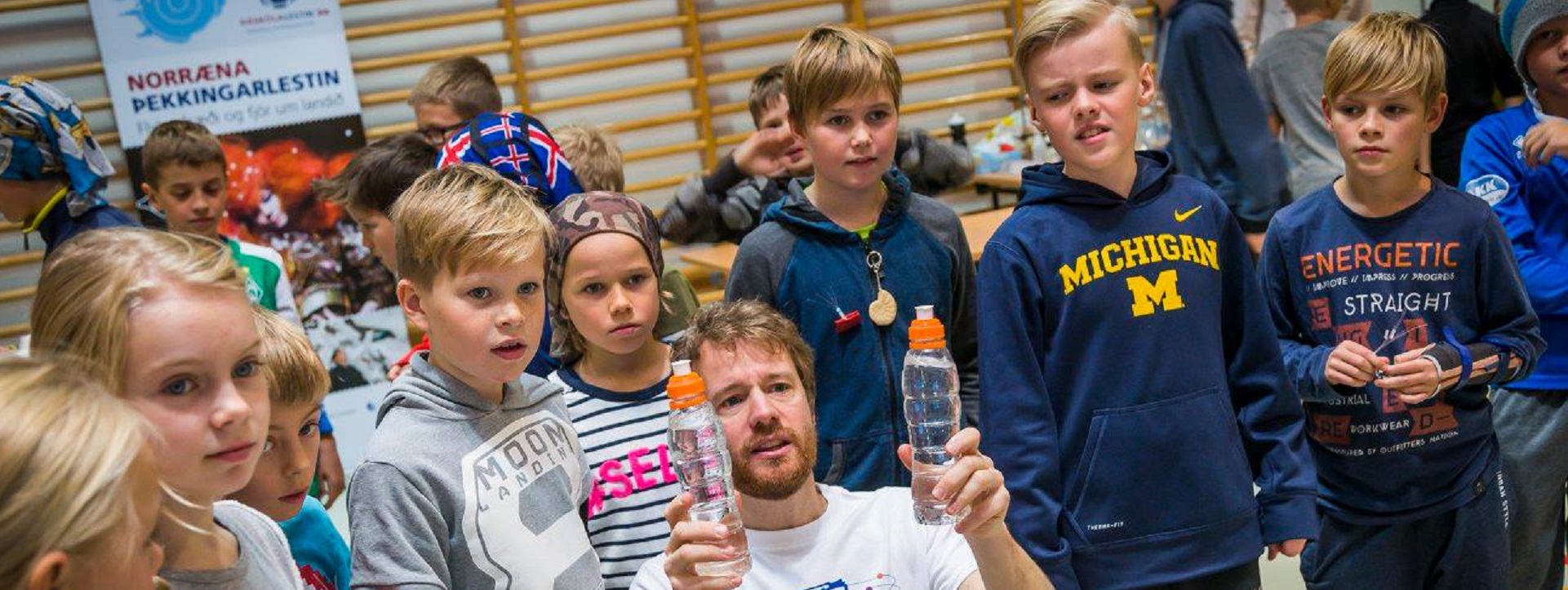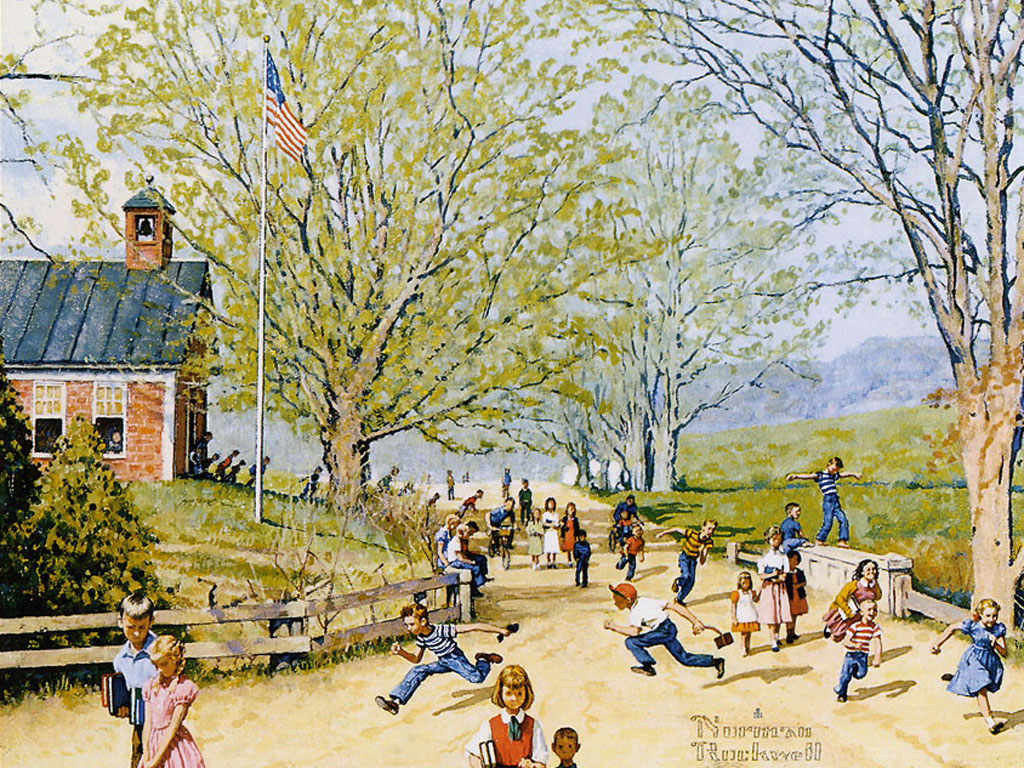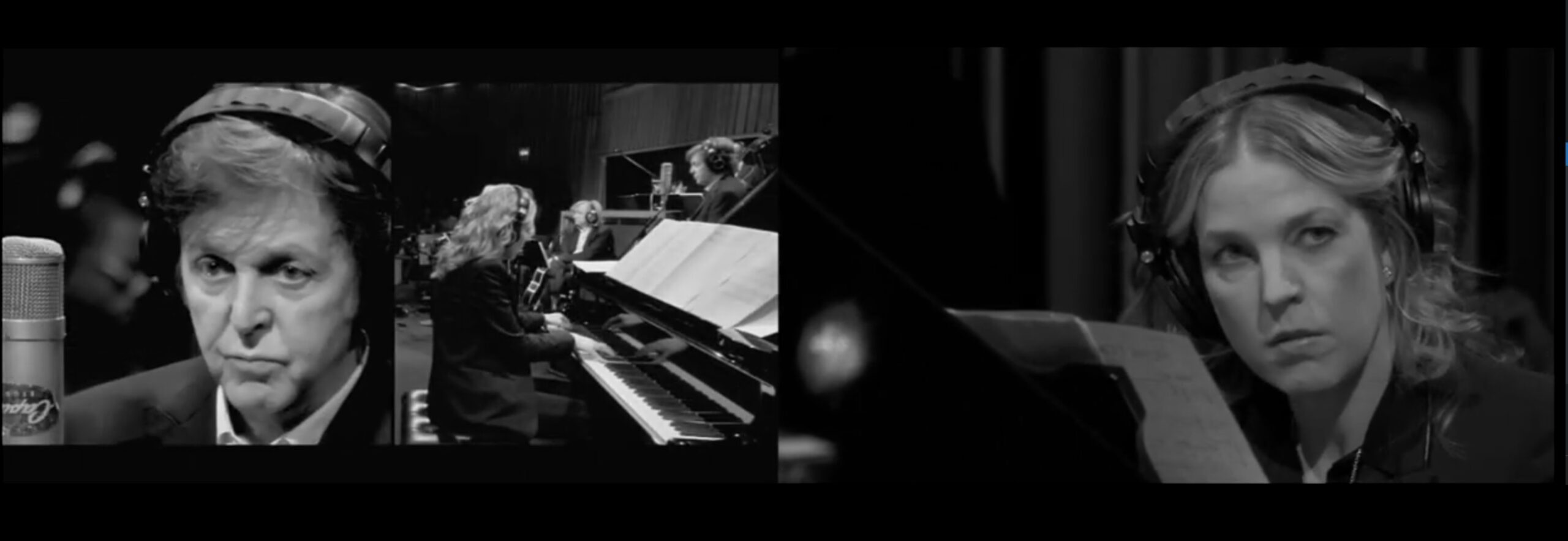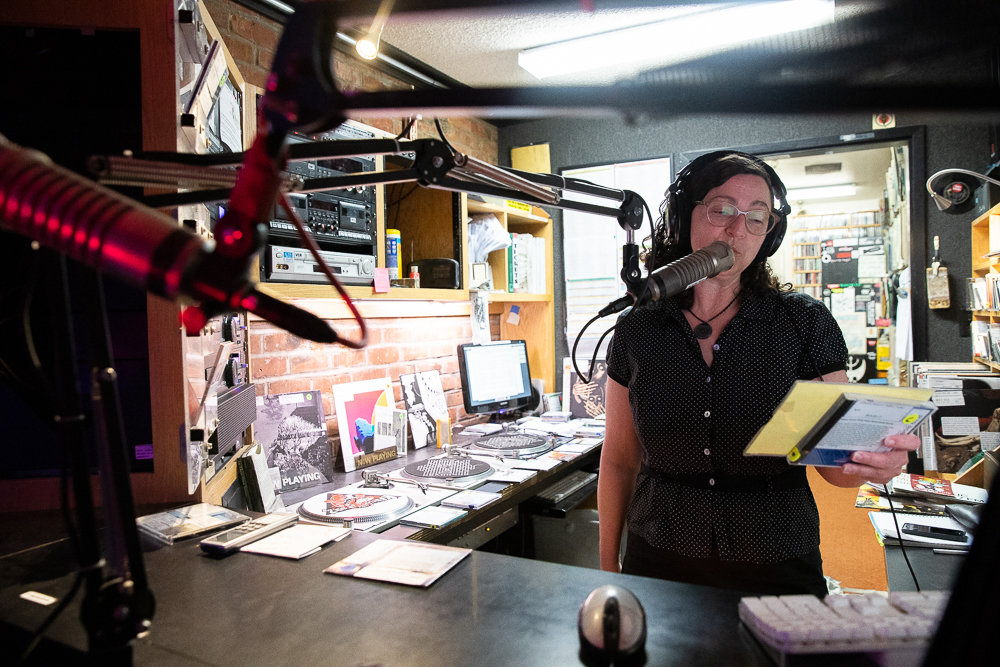Today at 11 AM/ET we update our understanding of best practice literature relevant to the information and communication technology enterprises in education communities. Our online meetings coincides with the day of two IEEE Education & Healthcare Facilities Committee teleconferences at 14:00 Central European time and 2:00 PM Eastern time in the Americas. Starting 2023 we have begun to break down our coverage of information and communication technology embedded in campus buildings into two modules – Infotech 200 and Infotech 400.
Open to everyone. Use the login credentials at the upper right of our home page.


















